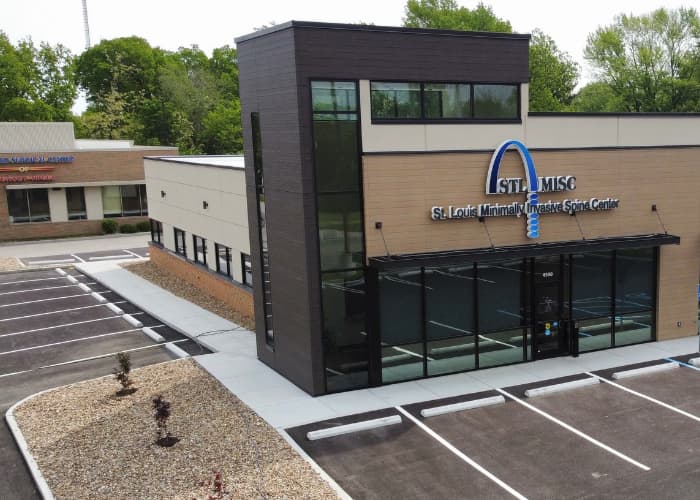Minimally Invasive Posterior Sacroiliac Joint Fusion
Located at the lower part of the spinal column on the posterior part of the pelvic bone is found the sacrum. This triangular bone serves as a pass-thru for several important nerve clusters and a support structure for the spine and lower body. When sacroiliac joint dysfunction occurs, the result can be significant pain in the lower back, groin, hip, and pelvis. Sacroiliac joint fusion is an effective method of addressing this condition, relieving pain and restoring stability to the sacroiliac joint.
Sacroiliac Dysfunction and SI Joint Fusion
Sacroiliac dysfunction and pain occurs when the SI joint becomes irritated and possibly unstable. It generally presents as pain in the lower back, buttocks, and can even refer pain to the legs. Women who have had children are known to be at risk of sacroiliac dysfunction. Other risk factors for this condition include:
- Traumatic Injury – Sudden impacts such as those from a fall or car accident can cause damage to the SI Joint.
- Arthritis – Like all joints, the SI joint is subject to wear and tear in the form of osteoarthritis. Ankylosing spondylitis is a form of arthritis that can affect this portion of the spine.
- Lumbar Fusion – There is evidence to suggest that those who have undergone lumbar fusion may be at risk of sacroiliac dysfunction.
Treatment will be suggested when a confirmed diagnosis of sacroiliac dysfunction has been reached. One common form of treatment is a SI joint fusion. Thanks to the advance in medical technology, these treatments have been able to be rendered minimally invasive. This has made the healing process occur much more quickly due to new minimally invasive techniques.
In this procedure, specifically the Linq procedure, an almond sized implant will be inserted between your sacrum and illium, also known as the hip bones. This helps distract (or separate) the narrow space and stabilize the joint reducing sacroiliac joint pain. Throughout the healing process, fusion will be achieved over many months utilizing demineralized bone matrix (DBM) that is placed inside the implant. At Pain Management Services, we use a minimally invasive posterior sacroiliac joint fusion technique that is much less invasive than a lateral technique that orthopedic spine surgeons or neurosurgeons might use. This procedure involves the following steps:
- You will be placed face down on an operating table
- IV anesthetic will be administered to achieve sedation
- A 2-3cm incision is made on the side of the buttock
- The gluteal muscles are dissected to provide access to the ilium
- A small hole is created using a guide pin to allow access to the ilium
- This hole is distracted with a special tool to allow the single implant to reach the sacrum
- Demineralized bone matrix is placed inside the hollow portion of implant which allows a bridge of fusion over months in the SI joint
- The implant is then inserted into place
- The site is irrigated to remove debris, and the wound is closed in layers
The whole process takes about an hour to complete. Throughout the procedure, Dr. Calvin Cajigal will monitor the placement of the implants using fluoroscopy.
Learn More By Calling Pain Management Services Today
Living with sacroiliac dysfunction can have a severe impact on your quality of life. By reaching out to our offices you’re taking the first step to life with controlled chronic pain.





